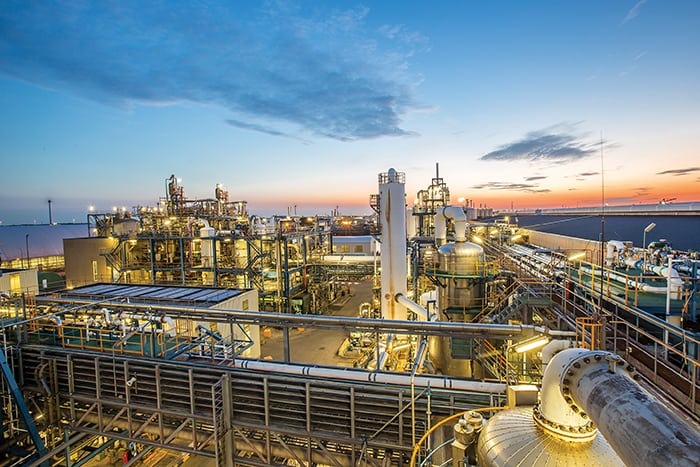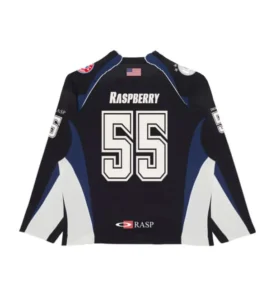IMARC Group’s “Chlor-Alkali Production Cost Analysis Report 2025: Industry Trends, Plant Setup, Machinery, Raw Materials, Investment Opportunities, Cost and Revenue” report provides a comprehensive guide on how to successfully set up a chlor-alkali production plant. The report offers clarifications on various aspects, such as unit operations, raw material requirements, utility supply, infrastructural needs, machinery models, labour necessities, transportation timelines, packaging costs, etc.
In addition to the operational aspects, the report also provides in-depth insights into chlor-alkali production process, project economics, encompassing vital aspects such as capital investments, project funding, operating expenses, income and expenditure projections, fixed and variable costs, direct and indirect expenses, expected ROI, net present value (NPV), profit and loss account, and thorough financial analysis, among other crucial metrics. With this comprehensive roadmap, entrepreneurs and stakeholders can make informed decisions and venture into a successful chlor-alkali production unit.
What is Chlor-alkali?
The chlor-alkali process is an industrial method for the electrolysis of sodium chloride (salt) solution, producing three essential chemicals: chlorine, sodium hydroxide (caustic soda), and hydrogen. This process is fundamental to various sectors, including chemical manufacturing, water treatment, pulp and paper, and textiles. It typically employs one of three technologies: diaphragm cells, membrane cells, or mercury cells, with membrane cell technology now favored for its lower environmental impact and energy efficiency. The chlorine produced is widely used in disinfectants, PVC production, and pharmaceuticals, while caustic soda is essential in soap making, aluminum processing, and petroleum refining. Hydrogen, though a byproduct, serves valuable roles in fuel and chemical applications. The chlor-alkali process is a cornerstone of the global chemical industry, with its outputs forming the building blocks for thousands of downstream products across diverse industrial value chains.
Market Trend and Drivers of Chlor-alkali:
The chlor-alkali market is primarily driven by strong demand across key end-use industries, including construction, automotive, water treatment, and consumer goods. The expanding production of polyvinyl chloride (PVC), which relies heavily on chlorine, particularly fuels growth, especially in emerging economies with rising infrastructure development. Additionally, sodium hydroxide is in high demand for applications in alumina production, textiles, and paper and pulp industries, further supporting market expansion. Environmental regulations have also spurred a shift from mercury-based technologies to more sustainable membrane cell processes, prompting capital investments in plant modernization and innovation. Moreover, growing awareness of water sanitation and disinfection needs is boosting chlorine usage in municipal and industrial water treatment facilities. The rise in shale gas exploration has increased the availability of feedstock, reducing production costs and enhancing competitiveness in North America. Combined, these factors create a favorable market landscape characterized by robust industrial activity, technological advancement, and regulatory influence, all of which sustain long-term growth in the chlor-alkali sector.
Key Aspects to Setup a Chlor-alkali Plant:
- Location to Setup Plant
- Market Research
- Plant Layout
- Construction and Infrastructure
- Equipment/Machinery Procurement
- Documentation and Licenses
- Cost Analysis
Requirements to Setup a Facility:
- Funds
- Machinery
- Lands
Types of Costs to Setup a Factory:
- Land, Location and Site Development Cost
- Plant Layout Cost
- Machinery Requirements and Costs
- Raw Material Requirements and Costs
- Packaging Requirements and Costs
- Transportation Requirements and Costs
- Utility Requirements and Costs
- Human Resource Requirements and Costs
Project Economics:
- Capital Investments
- Operating Costs
- Expenditure Projections
- Revenue Projections
- Taxation and Depreciation
- Profit Projections
- Financial Analysis
Key Questions Answered in the Report:
- How has the chlor-alkali market performed so far and how will it perform in the coming years?
- What is the market segmentation of the global chlor-alkali market?
- What is the regional breakup of the global chlor-alkali market?
- What are the price trends of various feedstocks in the chlor-alkali industry?
- What is the structure of the chlor-alkali industry and who are the key players?
- What are the various unit operations involved in a chlor-alkali production plant?
- What is the total size of land required for setting up a chlor-alkali production plant?
- What is the layout of a chlor-alkali production plant?
- What are the machinery requirements for setting up a chlor-alkali production plant?
- What are the raw material requirements for setting up a chlor-alkali production plant?
- What are the packaging requirements for setting up a chlor-alkali production plant?
- What are the transportation requirements for setting up a chlor-alkali production plant?
- What are the utility requirements for setting up a chlor-alkali production plant?
- What are the human resource requirements for setting up a chlor-alkali production plant?
- What are the infrastructure costs for setting up a chlor-alkali production plant?
- What are the capital costs for setting up a chlor-alkali production plant?
- What are the operating costs for setting up a chlor-alkali production plant?
- What should be the pricing mechanism of the final product?
- What will be the income and expenditures for a chlor-alkali production plant?
- What is the time required to break even?
- What are the profit projections for setting up a chlor-alkali production plant?
- What are the key success and risk factors in the chlor-alkali industry?
- What are the key regulatory procedures and requirements for setting up a chlor-alkali production plant?
- What are the key certifications required for setting up a chlor-alkali production plant?
How IMARC Can Help?
IMARC Group is a global management consulting firm that helps the world’s most ambitious changemakers to create a lasting impact. The company provide a comprehensive suite of market entry and expansion services. IMARC offerings include thorough market assessment, feasibility studies, company incorporation assistance, factory setup support, regulatory approvals and licensing navigation, branding, marketing and sales strategies, competitive landscape and benchmarking analyses, pricing and cost research, and procurement research.
Services:
- Plant Setup
- Factoring Auditing
- Regulatory Approvals, and Licensing
- Company Incorporation
- Incubation Services
- Recruitment Services
- Marketing and Sales
Contact Us:
IMARC Group
134 N 4th St. Brooklyn, NY 11249, USA
Email: sales@imarcgroup.com
Tel No:(D) +91 120 433 0800
United States: +1-631-791-1145



